If your ancestors hailed from Ireland, you may want to visit their homeland. My friends and I discovered much about our Irish heritage on the road from Dublin to Cork.
By Donna Peck
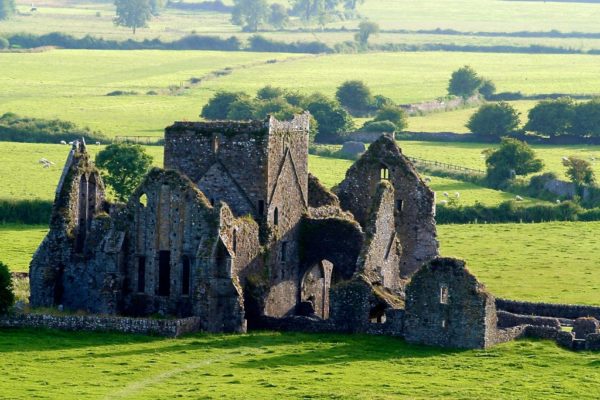
Ireland is like a cat with nine lives. Down the centuries, dominated in turns by the Vikings, Normans, and English; the Irish have displayed enormous reserves of pluck and spirit. The present-day populace may be inured to the sight of ruins, castles and ancient artifacts, but to the first-time visitor, they are ubiquitous and mesmerizing. Like most visitors, we were captivated by Dublin’s famous relics then took off into the countryside looking for more. Driving south to historic sites, country estates and villages by the sea, we discovered keys to the Irish psyche.
Dublin: National Museum, Trinity College
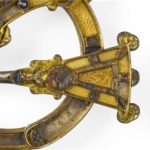
The collections of excavated artifacts at National Museum and Trinity College are the first pieces of the puzzle. Archeologists working on the M3 motorway near the village of Lismullin stumbled upon a vast Iron Age ceremonial site (henge) surrounded by two concentric walls.
Famous treasures have emerged from the peaty soil. Around 800 A.D., Celtic craftspeople produced the richly detailed Tara Brooch and hoards of gold ornaments and torcs worn by Irish queens and kings. The 1,200-year-old masterpiece of early Celtic art—the Book of Kells—also emerged from a bog, miraculously with its illustrated pages intact. The monks drew brightly colored knotwork, animals, monastic scenes and, in the margins, impish cartoons. Monastic life had its gaiety and humor.
Gruesome evidence has also been unearthed. During excavations around boundary lines of old kingdoms, the workers unearthed well-preserved bodies, who had been slain brutally, their eyes blinded and their tongues ripped out.
County Tipperary: Rock of Cashel
In the verdant countryside of County Tipperary, the Rock of Cashel and its evocative ruins rise above the plains. On this limestone rock in the 5th century, St. Patrick converted the celtic King Aenghus. Brian Boru was crowned Ireland’s first high king 600 years later. After a siege on the cathedral in 1647, Cromwell’s forces massacred the Catholic clergy who refused to convert to protestantism.
County Wicklow: Glendalough, Wicklow Mountains
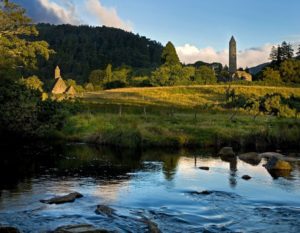
St. Kevin, an Irish mystic who maintained a lifetime of self-inflicted pain on his path to sainthood, founded Glendalough in the 6th century. Throughout the medieval period, this monastic settlement remained vital. Pilgrims walked for months to reach the round tower rising out of a fold of hills in the Wicklow Mountains. Monks taught the sons and daughters of noblemen. They tended gardens and distilled whiskey, “the breath of life.” The tower, the saint’s stone cell and the cemetery’s lichen-crusted celtic crosses still stand. According to our guide, nothing will knock them down.
County Cork: Castlemartyr, Cobh
Often the remnants from one era coexist with the ensuing ones. At Castlemartyr resort, a 17th century manor house with a sizable estate, we swam laps in the atrium pool and played golf on the links course in the shadow of a 800-year-old Norman castle. During tumultuous times the fortress was built and occupied by the knights of Richard de Clare (Strongbow) who led the invasion that resulted in 700 years of English domination.

In the harbor town of Cobh the feeling is that time has stopped. Little has changed since the heyday of transatlantic travel when millions of Irish fled the potato famine—including my great grandmother as a child. Titantic passengers would have looked upon the same piers, buildings and stores as their ship sailed out of the harbor toward an iceberg in the North Atlantic. In 1915 the lucky survivors of the Lusitania were housed at the Commodore Hotel: 1,198 passengers perished when Germans sank the British ocean liner. Michael Martin, the local historian, concluded this sobering commentary at the Commodore bar over shots of Jameson’s.
Brief, spontaneous friendships
While tramping around the countryside for the backstory to the present day Irish, we struck up many brief, spontaneous friendships. We spent the better part of an afternoon and evening among people living a simple but satisfying life close to the sea. A barman delivered a pot of strong amber Irish tea and apologized for having to close up early. He was joining his neighbors at the grange hall for Irish dancing. “We’re going back to our roots,” he said, his eyes twinkling.
At dusk on the beach, a fisherman ambled toward us. I was enjoying the last mouthful of honeycomb ice cream, rolling the crunchy pieces on my tongue. He set up his fishing pole close by and we stuck up a conversation. He laughed when I tried to pronounce Garryvoe in Gaelic Irish. He told me that the sparkling clear sky two nights ago was filled with shooting stars. Did he make a wish?

“I made lots of wishes because I have lots of people to make wishes for,” he said, explaining that he desired nothing for himself, feeling abundantly lucky to be here looking at the Irish Sea.
An hour later, sitting at a table overflowing with delicious food, I was thanking my lucky stars that we had made reservations at Ballymaloe. Myrtle Allen, a farmer’s wife had the novel idea in 1965 to cook from ingredients gathered from fishing boats, gardens and dairy farms. When she opened a restaurant in her Georgian farmhouse, people in Dublin started talking about this extraordinary woman down in Cork. “It’s miles from the road, but she makes her own ice cream,” was one report. The consensus today is that “Ireland’s awareness of food and of its bounteous meat, fish, and produce all started at Ballymaloe.”
The woman who spawned Ireland’s culinary revolution popped into our dining room to say hello. At 88, Allen had a kind, grandmotherly face and beamed at our full table.
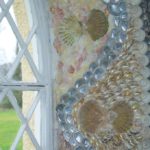
“We traveled halfway around the world to eat here,” I said, halfway through celeriac soup with roast hazelnut cream and about to tuck into roast grey sea mullet in orange saffron sauce. We also shared the Castletown mussels, grilled Ballycotton cod and aubergine tart with goat cheese from Ardsallagh farm.
The Allen clan erected a folly in the garden in the shape of a church steeple. Every inch of the interior is covered in opalescent seashells. Even on gray mornings, the interior glows with pearly light.
Can you be homesick for a place in which you’ve never lived? Since all of us have Irish ancestors on our family trees, we came away from the trip with a sense of shared continuity, like fabric woven on the same loom.
—To her lasting pleasure, the author Donna Peck uses Myrtle Allen’s recipes for apple pudding and Irish soda bread.
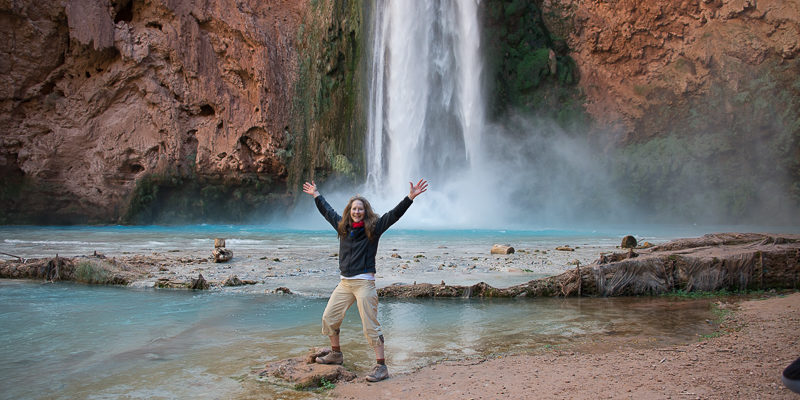
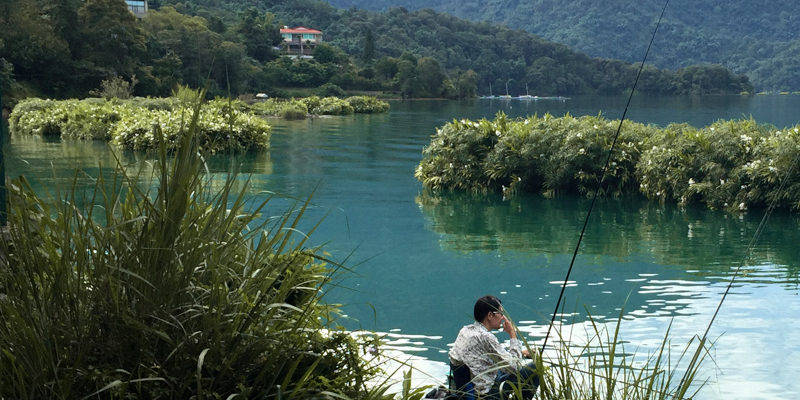


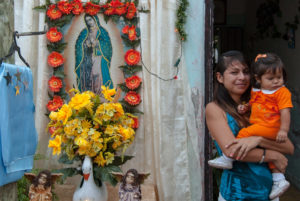
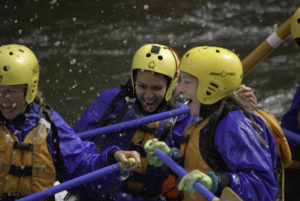
Leave a Reply